(Press Release from NASCAR Integrated Marketing Communications)
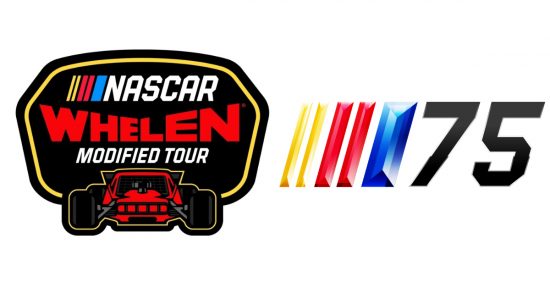
The year 1985 was monumental for grassroots racing in NASCAR.
The Modified series, standing as the sanctioning body’s oldest division having existed since Red Byron took the first NASCAR points-paying victory on the beach course in Daytona Beach on Feb. 15, 1948, was consolidated into what was then called the Winston Modified Tour. It featured a 29-race schedule rather than a massive, unorganized program of events.
Spearheading the creation of the Tour was six-time Modified champion Jerry Cook, who witnessed the struggles he and other racers endured financially in the early 1980s. Cook knew a formal series was the best way to cut costs and showcase the talent within the Modified ranks.
“The Modifieds as we knew them were getting awfully expensive to run on a weekly basis,” Cook said. “I told Bill France [Jr.] and everyone else that, since we still had cars, that I would like to start a Modified Tour with NASCAR. They agreed to it, and I was the one who started everything from zero.”
Cook said the formation of the Modified Tour streamlined a sturdy foundation that had been crafted for more than 35 years up to that point through its precursor in the NASCAR National Modified Championship.
The Modified division’s name derives from drivers modifying street cars in various manners to gain edges. As the years progressed, more innovations were introduced. Exposed fenders, bumper bars and offset bodies helped Modified racing form its own identity.
With those changes came a plethora of talented drivers who competed across the northeastern and southeastern U.S. more than four times a week to gain points for the National Modified Championship, which used a similar format utilized by the NASCAR Advance Auto Parts Weekly Series today.
Notable drivers like Fonty Flock, Red Farmer and Bobby Allison claimed Modified titles prior to the formation of the Tour. Others like Cook, Bugs Stevens, Fred DeSarro and NASCAR Hall of Famer Richie Evans became synonymous with the division as its popularity grew.
Speedway Illustrated founder and former NASCAR pit reporter Dick Berggren has many fond memories of Modified competition dating back to his childhood. He considers Modifieds the most authentic form of motorsports across the United States.
Having raced both asphalt and dirt-track Modifieds, Berggren believes the division has adapted exceptionally over the years, adding the spirit and passion remain prevalent 75 years after Byron took home that first checkered flag in Daytona Beach.
“All you have to do is see what [the Modifieds] do,” Berggren said. “Those cars are incredible. They’re so much fun to watch, and they’re fun to drive. Those races are as good as any race you’re ever going to see anywhere. It’s only gotten bigger as time has gone on, especially in the last few years.”
Maintaining the appeal of Modified competition and spreading it across the country was exactly what Cook wanted to accomplish when he started the Tour.
Cook for six seasons served as the director of the Modified Tour. He established a consistent set of rules that prevented costs from skyrocketing, allowing the long-time, loyal drivers to stay committed while simultaneously creating opportunities for new names to build their own legacies.
NASCAR Hall of Famer Mike Stefanik, who ran six races in the inaugural 1985 season, went on to become one of the greatest drivers in the history of the Tour era with 74 victories and seven championships — records that have yet to be eclipsed.
Joining Stefanik as champions of the Modified Tour over the past three decades include series regulars like Ted Christopher, Donny Lia and Justin Bonsignore, along with those would later find success in NASCAR’s top three divisions like Jimmy Spencer, Mike McLaughlin and Ryan Preece.
Only a handful of notable rule changes have occurred within the Modified Tour since its inception. Cook said that has been instrumental toward keeping the culture of the series intact while motorsports continue to evolve financially and technologically.
“[The Modified Tour] has gotten a lot stronger,” Cook said. “What I felt like was best was to keep things from changing all the time. Every time you change something, it costs more money. I keep telling everyone to not mess with the cars, because the cars run the Tour. Not keeping them the same would run everyone out of business.
“Today, we still have pretty darn good car counts with every race.”
Doug Coby, a six-time Tour champion, said the series would not be on its current trajectory without the support of sponsors, drivers and fans who embrace just how unique and competitive Modified racing can be, particularly in the northeast.
Seeing Preece earn an opportunity to compete full-time in the NASCAR Cup Series after winning a Modified championship in 2013 came as validation for Coby and the rest of the Tour regulars who strive to prove they are some of the best drivers in the country.
Throughout his career, Coby has managed to consistently defeat not only some of the best drivers in the history of the Tour, but also outside competitors like 2008 Daytona 500 champion Ryan Newman, who has four victories in 32 Tour starts and plans to compete part-time in 2023.
Reflecting on everything he has accomplished on the Tour is humbling for Coby, who never imagined becoming a legend in the discipline himself when he ran his first race at Stafford Motor Speedway in 2002.
“When I started, I was just hoping to win a race,” Coby said. “For the longest time, I had only won just once [in 2006], but I’ll never forget what it was like to win against Ted Christopher, Mike Stefanik, Tony Hirschman, Ed Flemke, Rick Fuller and all those guys who made the Modified Tour what it is. Those of us who race today don’t forget what those guys did and the significance of the Modifieds in NASCAR history.”
Coby remains a key competitive fixture of the Modified Tour ahead of his 22ndseason. He races alongside an efficient core of veterans in Bonsignore, Ron Silk and defending champion Jon McKennedy, among others.
Mixed in with the veterans are drivers sustaining their own family traditions of success in Modifieds. Tony Hirschman’s son Matt has amassed a stellar resume that includes five Modified Tour victories. Mike Christopher Jr., the nephew of Ted Christopher, tallied his first victory at Jennerstown Speedway last year.
Numerous families in the Modified Tour have built their own devoted followings like the Earnhardts, Pettys and Allisons in Cup. Berggren said presence of so many recognizable names year after year is only going to keep that passionate fan base alive.
“This is a family sport,” Berggren said. “Kids grow up watching their dads race and decide they want to do what dad did. There’s a bunch of drivers out there who are second and third generation, and it takes enormous skill to be successful in these cars, but the Modified Tour is a series where people just go to watch drivers who are unlikely to compete in NASCAR’s top division.”
Coby has come to terms with being an established regular on the Modified Tour. He said would not trade any of the memories and accomplishments he has enjoyed over the past two decades.
The 75th year of Modified racing in NASCAR will see Coby return to the Tour full-time after scaling back his schedule in 2022. He will be back in Tommy Baldwin Jr.’s iconic No. 7NY Modified, which won its first owner’s title last year with a roster consisting of Coby, Christopher Jr. and Jimmy Blewett.
Coby also has an opportunity to join Stefanik as the only seven-time Modified Tour champion, which Coby would consider a tremendous honor during a season in which the history of the discipline is being recognized by NASCAR.
“There’s significance to everything, and tying anything Mike Stefanik did is one of the biggest things a Modified racer can dream of doing,” Coby said. “I wish he would be here to shake my hand and congratulate me, because he was always so graceful whenever someone had a major accomplishment in [this series].
“Chasing seven in the 7 is kind of the theme of my season, and working with Tommy is going to be exciting. I know we’re going to have fantastic cars at every track, and I want to try and win as many races and titles as possible during this next phase of my career.”
Although he is not sure how much longer his time in the series will last, Coby has every reason to believe the Modified Tour will thrive long after NASCAR’s 75thanniversary season, especially with continuous media coverage and interest from drivers like Preece, Newman, Bobby Labonte and others to run races in the series.
Berggren shared Coby’s optimism about the future of the Modified Tour. He expects the series to maintain its blue-collar, grassroots appeal if the status quo on limiting costs and emphasizing driver safety remains in place.
“They have to keep a good handle on the cost of the cars,” Berggren said. “These cars are handled by people who work for a living, and NASCAR is aware of that. They’ve done everything to make the cars safer, and the expenses aren’t as awful as they could be. NASCAR has done phenomenal with the Modifieds, and I know they’ll continue to do so.”
When he established the Tour, Cook said he faced doubts about whether it would last even a couple years. He said the Tour’s existence in the modern era of motorsports highlights how significant it remains to both NASCAR and the people who shape the discipline’s culture.
With a diverse schedule in 2023 that includes trips outside the northeast to tracks like New Smyrna Speedway, Langley Speedway and North Wilkesboro Speedway, Cook can only see the popularity of the Modified Tour growing as the racing becomes more familiar to fans and drivers in those markets.
For Cook, if more people have opportunities to experience the competitive nature of the Modified Tour, the series can only continue on its upward trend over the next 75 years.
“The Modifieds are No. 1 on my list,” Cook said. “I still go to a few races each year and talk to the people who both race in the Tour and work in it, because I want to see the series be successful everywhere it goes. I don’t see any reason why it wouldn’t.
“I hope it goes on forever.”
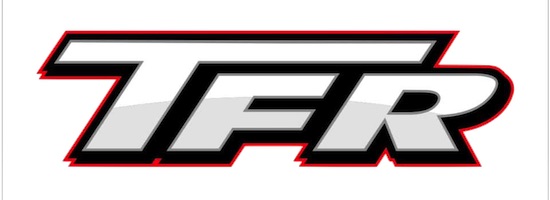
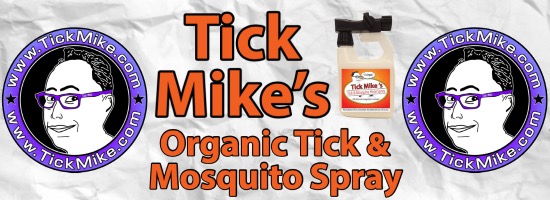


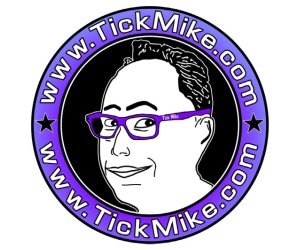

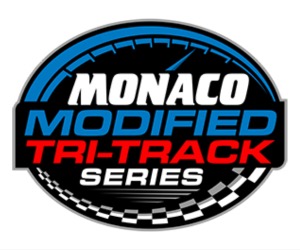


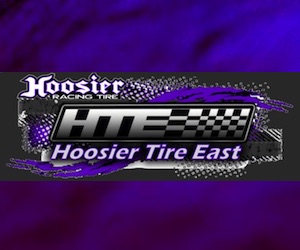





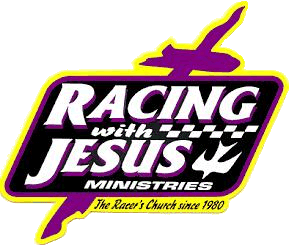

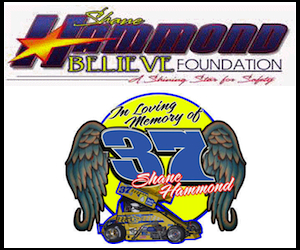
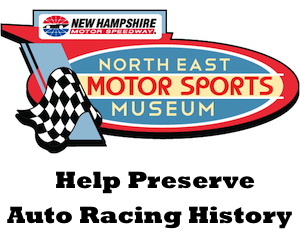
Leave a Reply